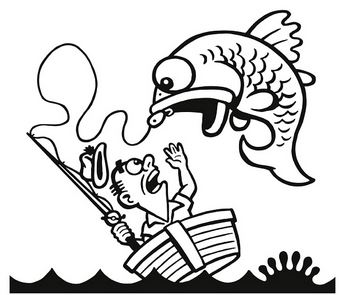Podcast: Play in new window | Download
Subscribe: RSS
Let’s say you are the head football coach of a mid-major college team like Louisiana Tech University.
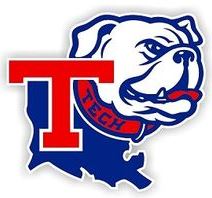
The school has a total enrollment of more than 10,000 students and is located in the picturesque small town of Ruston along I-20 in north Louisiana. Louisiana Tech decided to step-up into the top level of college football in the late 1980’s. The Bulldogs currently compete in Conference USA (which is considered a “Group of Five” conference).
Louisiana Tech’s football program has enjoyed success at times. The Bulldogs have appeared in several post-season bowl games over the past few decades. In recent years, the Bulldogs have struggled on the football field, too.
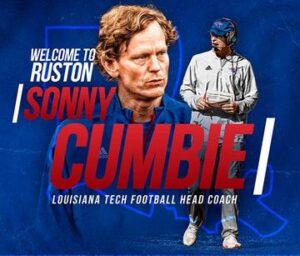
Sonny Cumbie (now entering his third year with the Bulldogs) spends much of his time recruiting high school student-athletes. Though his school has an attractive campus and a fine academic program, Louisiana’s flagship university in Baton Rouge (LSU) will have the pick of the high school football litter in the state most every year.
It’s hard to compete with the glamour of playing a night game at LSU’s famed Tiger Stadium with 102,000 people cheering you on. With the increasing amount of money being paid to college student-athletes for Name, Image, and Likeness marketing, the gap has become wider.
For a smaller college football program like Louisiana Tech, the ability to sign any 3-star and 4-star high school player becomes a huge accomplishment. Signing just one top student-athlete may help lead others to come to your program, too.
Until the end of their first year in Ruston, that is.

Follow the greenback road
The NCAA Transfer Portal allows today’s student-athletes the opportunity to walk away from a school and move to another institution without having to sit-out the next year after transferring.
Mid-sized football programs such as Louisiana Tech (or Sunbelt schools like UL-Monroe or UL-Lafayette) have started to lose many of their best players after every season to the bigger programs.
Major conference football schools have started waving large amounts of Name, Image, and Likeness (NIL) cash in an effort to lure the best athletes to transfer from the mid-major programs to come play for them.

Each of the 133 FBS (upper division) college football programs allow up to 85 scholarship athletes on the roster. Additionally, there can be up to 33 walk-on (non-scholarship) football players on the roster. A maximum of 118 players are allowed on a college football team.
Did you know that walk-ons are now getting paid, too?
This week, I read a story which said that many of the wealthiest college football programs have started making NIL financial offers to “walk-on” players, too. These non-scholarship football players are being handed enough NIL cash to cover his personal costs to attend school (tuition, room, board, and books) and still have some spending money left over.
This allows the 85 scholarship players and the maximum of 33 walk-ons to be paid to play football at the major college programs with plenty of cash in their school’s NIL “collectives”.

These “collectives” are relatively new. Many are set-up as an IRS 501(C3) non-profit organization, too. That allows donors to receive a tax credit for their sports donations. As long as the coaches aren’t (wink, wink) directing the collectives on how to distribute that NIL money, it’s all perfectly legal. At least for now.
Pay for play, anyone?
Mid-major teams such as Louisiana Tech University are at a significant financial disadvantage in this new game.
Strike 1 – The alumni and outside financial support for the majority of mid-major schools is much smaller than the donations received by schools participating in the top conferences such as the SEC, Big Ten, Big 12, and ACC.
Strike 2 – Louisiana Tech participates in Conference USA. That league’s television and media revenues are microscopic when compared to those four major conferences, too.
Strike 3 – Even if a smaller conference school finds a diamond-in-the-rough type of talented player, the big boys of college athletics will encourage that player to leave for financially greener pastures by next season.

It’s a dog eat dog world in college football today
As we covered recently, the University of Alabama football roster has been under siege ever since Coach Nick Saban announced his retirement in January. The biggest football programs are raiding their NIL cookie jars to lure top talent away from other major programs like Alabama.
Ohio State (desperate to win a national championship) signed two former 5-star players away from Alabama recently. The Buckeyes have spent more than $10 million via its NIL “collective” to sign several additional players.
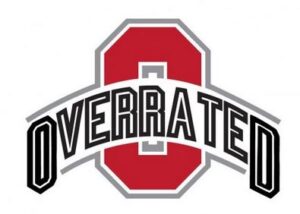
Crimson Tide faithful may be in panic-mode today, but their own NIL bank will start filling-up with new deposits soon enough. The major conference college teams were already at war when recruiting high school players. The NCAA Transfer Portal and NIL cash grab will put a lot of money into the players’ pockets but may not significantly improve some teams’ chances of winning a national championship.
What should the mid-major schools do?
Ironically, the biggest advantage which Louisiana Tech and others can offer to top players languishing on the bench at a major conference school is giving them a chance to get onto the field and play ball!
Since only eleven football players are needed on the field at one time (offense, defense, or special teams), there are nearly 100 players on major college rosters who will see very little playing time on most Saturdays this fall.
From the player’s perspective, it’s great to be handed $100,000 or more from the school’s NIL collective/bank. They get to attend a great school for no out-of-pocket costs. They might be handed the keys to a dazzling new car to drive around town while trying to impress others.
That all sounds great – until they get tired of standing on the sidelines most every Saturday in the fall.

The majority of these newly wealthy benchwarmers have never spent much time on the sidelines while in high school. Many will not like riding the bench while waiting for one or more years to get their chance to shine (if ever). They have pocketed a lot of NIL money by this point, too.
Louisiana Tech and other mid-major football programs should try to recapture some of these likely-to-become disgruntled players sitting on the pine at several Large State Universities. Offer the players a chance to actually play football on the field during college years #2, 3, or 4.
Laddie, come home!

The Louisiana Tech Bulldogs (and other mid-major programs) would be wise to stay away from the expensive bidding war to sign top players coming out of high school. However, why not let those players grab all the money they can pocket from the big schools for a year or two?
Then, leave the door open for a few of these newly financially secure players to come play on the field once again at your school.
If the top players want a chance to play in the NFL, the player needs an opportunity to market his athletic talents to professional football scouts. Let’s illustrate with a story.
The Parable of Four Star Freddie
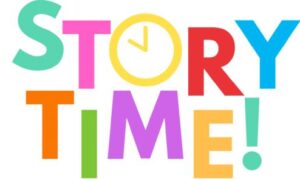
Let’s say that a theoretical high school quarterback named Four Star Freddie from Bossier City, LA had become a hot college prospect after a magnificent senior year. A fine student in the classroom, this young man received more than a dozen scholarship offers including several from the largest college football programs.
However, Freddie wasn’t sure that he really wanted to attend college far from home. Louisiana Tech made him an offer, but Freddie also received an offer he couldn’t refuse (which included a generous NIL cash arrangement) from Large State University located just a few hundred miles from his home town.
Four Star Freddie deposited a sizable portion of his NIL cash into a future retirement investment account. He showed up at practice to discover there are four other highly recruited quarterbacks already ahead of him. He devoted time to learning the playbook, worked hard at practices, and hoped for a chance to get onto the football field.

By the end of his second year at the school, Four Star Freddie was still #3 on the quarterback depth chart. The school continued to recruit one or two new quarterbacks each year, too. Freddie had never sat on the bench since starting playing football in elementary school.
Now halfway to earning a degree in Finance, Four Star Freddie decided that he wants to help manage college and pro football players’ money as a Financial Advisor after his playing days have ended.
At this point, Four Star Freddie’s college football highlight reel at Large State University would show some stellar warm-up throwing sessions and exceptional sideline cheering skills for his college teammates on the field.
That won’t impress the NFL scouts.
He remembered that Louisiana Tech had a great reputation for developing professional quarterbacks.

A guy named Terry Bradshaw became the #1 overall draft pick in 1970 while at the school. Freddie could even keep all of that NIL money from his first college experience if he desired to transfer to another school.
So, Four Star Freddie entered the NCAA Transfer Portal. Lo and behold, he received a scholarship offer from the Louisiana Tech Bulldogs to finish his college football career.
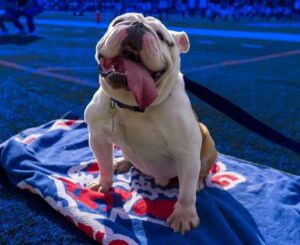
Four Star Freddie loaded-up his relatively new car, drove northward to Ruston, and became the starting quarterback at Louisiana Tech for his final two seasons. He played well and hoped that he may have impressed a few pro scouts for a chance to earn a bigger payday in the NFL soon.
No matter what happens during the upcoming NFL draft, Four Star Freddie has already collected his Finance degree from Louisiana Tech and started working on his MBA, too.
Freddie is ready.
The moral of this story?
College football’s mid-major schools also control a precious commodity called “playing time.” With so much money being deposited into the college players’ bank accounts with this current NIL cash grab, a growing number of college players may wish to take a step back in the level of competition just to get back onto the playing field again.
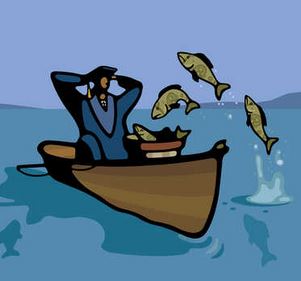
Get the nets ready, mid-major coaches. Some of these fish may jump back into your boat soon!

